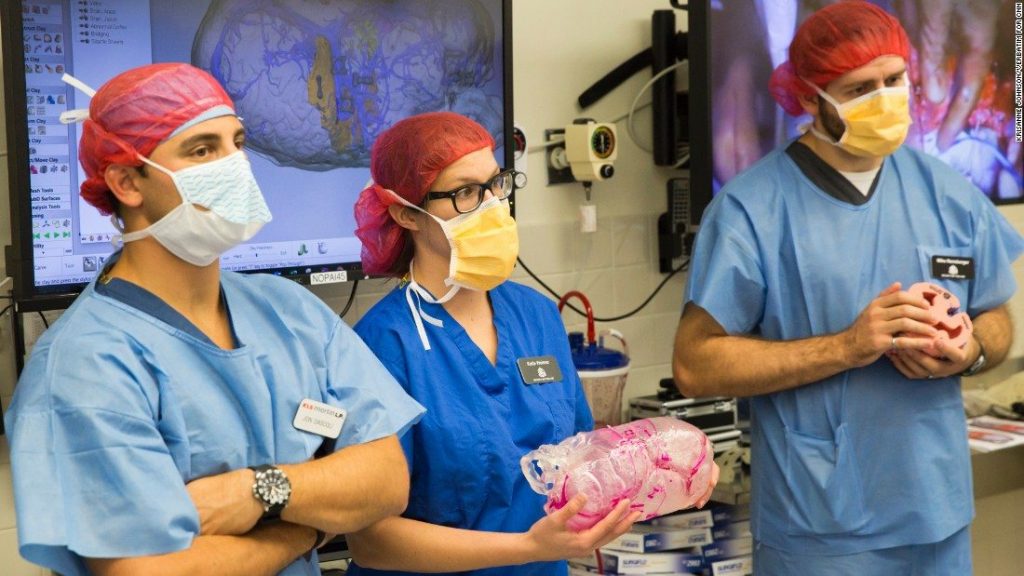Sidra Medicine, a specialist medical facility, has announced a successful outcome for a complex medical procedure.
A nine-hour operation to separate conjoined twins, Hamad and Tamim, was the culmination of months work by a team of more than 150 medical and support staff.
The important milestone and successful outcome was achieved through planning the procedure using over 30 hours of simulation. Central to planning was the creation of 3D printed model of the twin’s abdomen and liver.
Dr. Mansour Ali, Chair of the Department of Pediatric Surgery and Dr. Abdalla Zarroug, Division Chief of Pediatric General and Thoracic Surgery, led the surgery and commented, “By successfully separating conjoined twins, one of the most complex surgical procedures there is, we are proud to showcase the calibre of our multidisciplinary teams less than a year since we opened our inpatient facility. The surgery is both a milestone for the hospital and the healthcare sector in Qatar.”
The likelihood of a conjoined twin birth is approximately 1 in 200,000. The mother of the twins visited the Hamad Medical Corporation (HMC) in the 29th week of pregnancy where medical professionals identified the complication. Planning for the eventual separation was then put into action.
3D model of twin’s abdomen
Dr. Karen Bradshaw, Snr. Attending Physician, Radiology and Body Imaging at Sidra Medicine gave further details of the procedure. “I am incredibly proud of the role of our radiology team during all stages of this milestone surgery – from the initial detailed ultrasound to the subsequent CT and MRI scans which enabled us to prepare the 3D model of the twin’s abdomen. The 3D model was printed based on the specifications from the scans and was used as part of the pre-surgery planning process. It is a key feature that sets our services apart here in Qatar and the region. The success of this surgery was a fantastic showcase of a multidisciplinary team spirit and how different pediatric specialties work together for the best possible patient outcomes.”
As previously reported, 3D printing has become a vital tool for planning surgery in rare medical cases. One of the most widely known cases in that of Jadon and Anias McDonald. A remarkable 27 hour surgery was performed at the U.S. Montefiore Medical Center, and supported by experts from 3D Systems.

Dr. Abdulla Al Kaabi, Chief Medical Officer at Sidra Medicine said, “What a proud moment for the team at Sidra Medicine and the healthcare network in Qatar. Today’s case is also indicative that we remain committed to our mission to provide children and women with outstanding tertiary healthcare services in an innovative and ultramodern facility specially designed to promote healing. The success of this surgery is a testament to the investment made by the State of Qatar in medical services, people and technology, that allows a hospital like ours to offer cutting-edge patient and family centered care. It also establishes Sidra Medicine as a key contender in the region to handle complex pediatric diseases.”
Have you signed up to our free 3D Printing Industry newsletter yet? If not, subscribe today!
Also, get the latest news on our Facebook and Twitter social media channels.
Looking for your next additive manufacturing career move or searching for new talent to join your team? Visit our 3D Printing Jobs site now.



